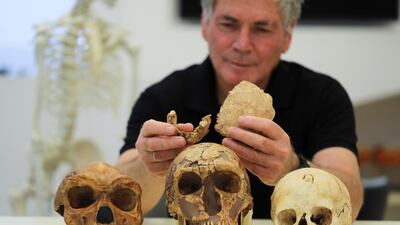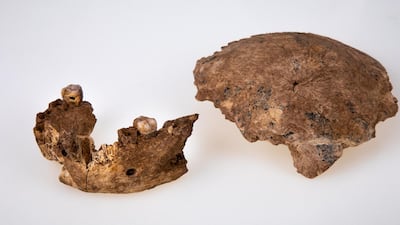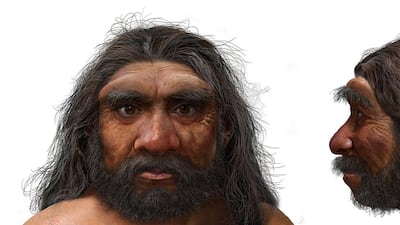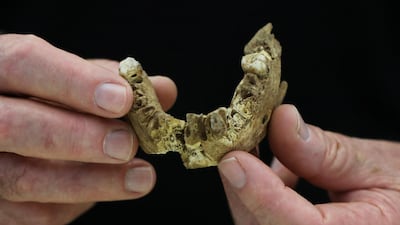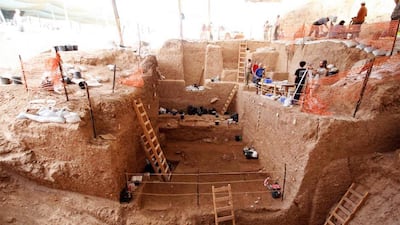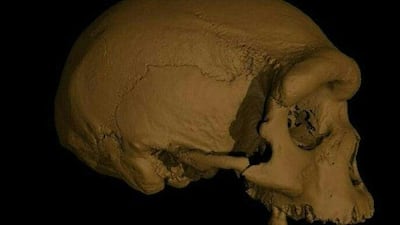Israeli scientists have discovered human remains distinct from Neanderthal humans, who walked the Earth until 40,000 years ago.
The previously unknown human ancestors have been called Nesher Ramla Homo type by the scientists, who uncovered the remains near the city of Ramla, south of Tel Aviv.
Fragments of a skull discovered at the site could be up to 140,000 years old.
The Nesher Ramla Homo group, the team believes, were thriving in the Middle East 400,000 years ago and probably related to the “pre-Neanderthal” inhabitants of Europe.
Neanderthals, or Homo sapiens neanderthalensis, likely became extinct over generations through breeding with their successors, early modern humans, but also faced harsh climatic conditions.
“This is the first time we could connect the dots between different specimens found in the Levant” said Tel Aviv University’s Dr Rachel Sarig.
"There are several human fossils from the caves of Qesem, Zuttiyeh and Tabun that date back to that time that we could not attribute to any specific known group of humans," she said.
"But comparing their shapes to those of the newly uncovered specimen from Nesher Ramla justify their inclusion within the [new human] group."
According to Dr Hila May, also of Tel Aviv University, the findings will change how we understand human evolution. The remains of the first identified Neanderthal were found in Neandertal valley, Germany, in 1856.
This led some scientists to believe that early humans originated in Europe or had been nomads who reached Germany from Asia.
That changed with the discovery of the remains an early species of human in Kenya in 1974.
The advent of DNA analysis in the 1980s was another leap forward in the study of early humans, again pointing to East Africa as the cradle of civilisation.
On Friday, a series of papers published in The Innovation, a scientific journal, announced the identification of another archaic human, Homo longi, based on a well-preserved skull first found in 1933 but only recently examined by scientists.
“Dragon Man” was named after the place where his skull was found in Harbin City, north-eastern China. It could be up to 300,000 years old.
Not just cavemen
“We had never imagined that alongside Homo sapiens, archaic Homo roamed the area so late in human history,” lead Nesher Ramla archaeologist Dr Yossi Zaidner said.
In line with the modern understanding of Neanderthals, the Nesher Ramla Homo were more advanced than the primitive caveman image popularised since the early 20th century.
“The archaeological finds associated with human fossils show that ‘Nesher Ramla Homo’ possessed advanced stone-tool production technologies and most likely interacted with the local Homo sapiens,” Dr Zaidner said.
